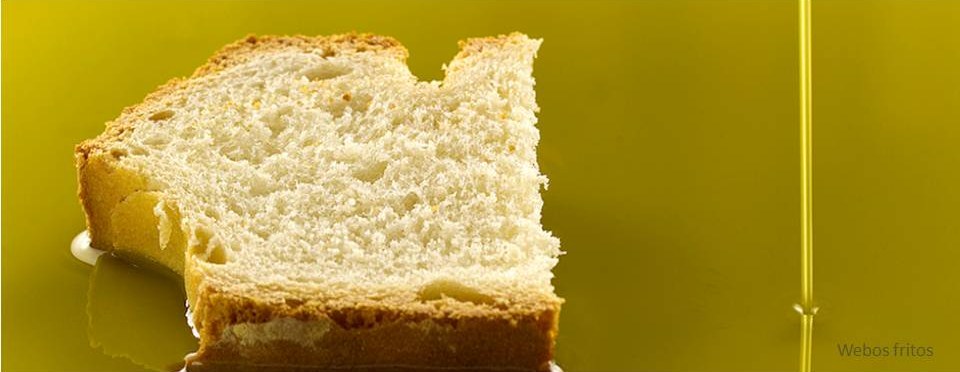We cannot speak about Mediterranean diet without the presence of olive oil in our dishes. This fruit juice plays an essential role in the gastronomy of our country.

Extra virgin olive oil, virgin olive oil, olive oil, olive-pomace oil…all of these products are obtained from olives, each one of them has their characteristics, but what differentiates one from another and how we can choose it?
The process of olive oil production, physico-chemical parameters and in the case of virgin oils, the sensory quality (evaluated with an expert taster panel) are used to classify the olive oil.
If we speak about tasting or sensory analysis of a product, it can think and not without reason, in a subjective process and under many errors in their implementation, ambiguous or subject to interpretation expressions. But sensory analysis is a scientific discipline used to evaluate the organoleptic characteristics of food, and it has been used for many years like a method to measure, analyze and understand human reactions to the organoleptic characteristics of food by the senses. Data from a sensory analysis are evaluated by a panel of tasters trained for it and are statistically treated in order to minimize errors and make objective results.
In the case of tasting olive oil for classification as extra virgin olive oil, virgin oil or lamp oil, it is carried out by a panel of experts, which will also be authorized by bodies of the member states, to carry out official control of the country.

The tasting test is carried out under a specific regulation developed by the International Olive Oil Council, in which the tasters follow a profile sheet with positive attributes and some negative attributes that are valued on a scale of 10 cm. The tasting test is carried out in a glass for oil specific and the oil samples shall be kept in the glasses at 28ºC±2ºC throughout the test, this temperature has been chosen because it makes it easier to observe organoleptic differences than at ambient temperature.
In the method for the organoleptic assessment are detailed the number of samples, amount of oil, explanation of vocabulary, etc.. to assessing the virgin olive oil.
The positive attributes that are valued in oil are fruity, bitter and pungent, these attributes will depend on the variety of olive, the degree of maturity of the same, and the time they have been harvested.
The negative attributes are determined by the following attributes:
1. Fusty/muddy sediment Characteristic flavour of oil obtained from olives piled or stored in such conditions as to have undergone an advanced stage of anaerobic fermentation, or of oil which has been left in contact with the sediment that settles in underground tanks and vats and which has also undergone a process of anaerobic fermentation.
2. Musty-humid-earthy Characteristic flavour of oils obtained from fruit in which large numbers of fungi and yeasts have developed as a result of its being stored in humid conditions for several days or of oil obtained from olives that have been collected with earth or mud on them and which have not been washed.
3. Winey-vinegary. Characteristic flavour of certain oils reminiscent of wine or vinegar.
4. Acid-sour. This flavour is mainly due to a process of aerobic fermentation in the olives or in olive paste left on pressing mats which have not been properly cleaned.
5. Rancid Flavour of oils which have undergone an intense process of oxidation.

6. Frostbitten olives. (wet wood) Characteristic flavour of oils extracted from olives which have been injured by frost while on the tree.
On the same tab tasting the taster may indicate other negative attributes such as a heated or burnt, hay-wood, rough, greasy, vegetable water, brine, metallic, esparto, grubby and/or cucumber.
To be considered extra virgin, the oil shall not have any defect and the fruity attribute must be greater than 0; if the oil has a defect (less than 3.5 on the scale) and the median of the fruity attribute is above 0, would become a virgin oil; and if the oil was very defective in sensory quality is classified as lampante virgin olive oil and should be refined for consumption.
In most cases as consumers, we will not be able to distinguish all of these attributes, but it’s all about training your palate, have good sensory memory and taste, taste and taste different oils. And whenever we want to enjoy quality oil, choose an extra virgin olive oil, where we can appreciate the variety of olive, the time of harvest the fruit, nuances of smells and flavors of the harvested area. Not all olive oils are the same … taste, let’s try and enjoy the liquid gold.
- Fermentation, travel partner - 5 July 2024
- A pilot experience with a constructed wetland - 23 August 2018
- Plastic planet - 3 July 2018
